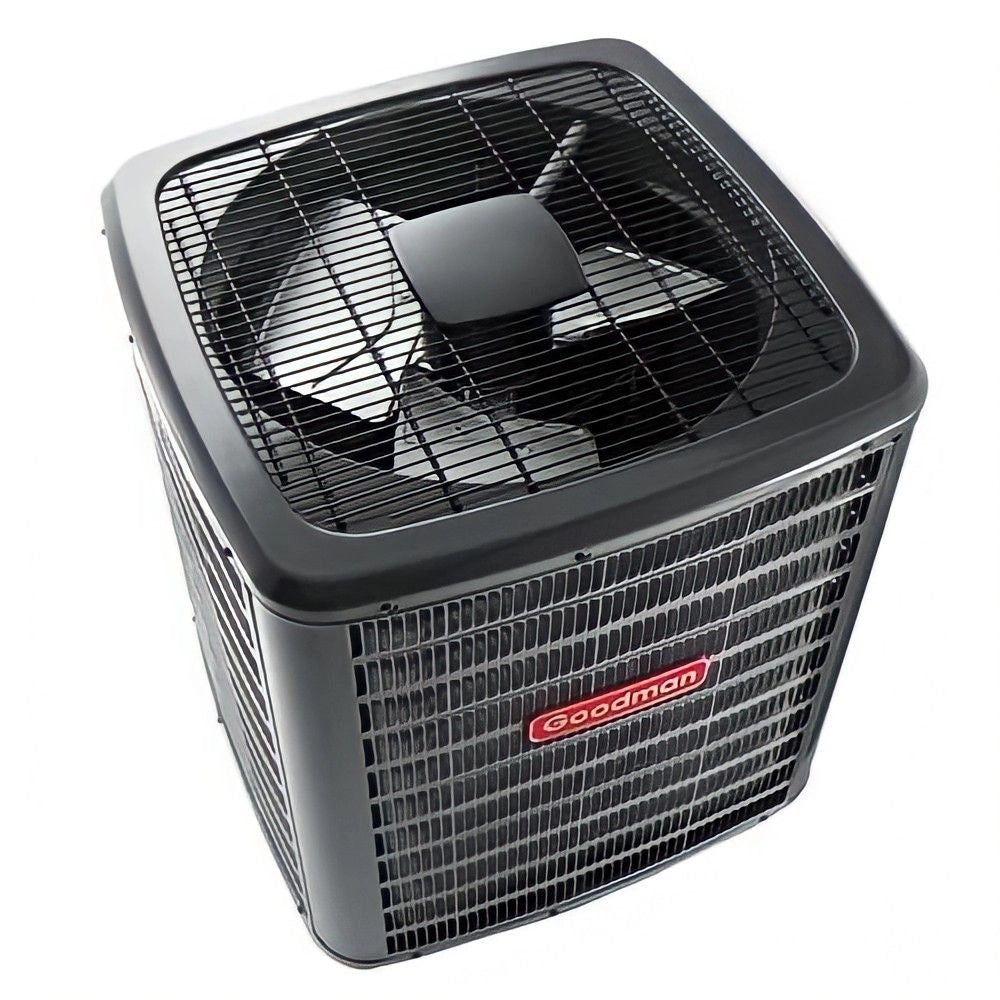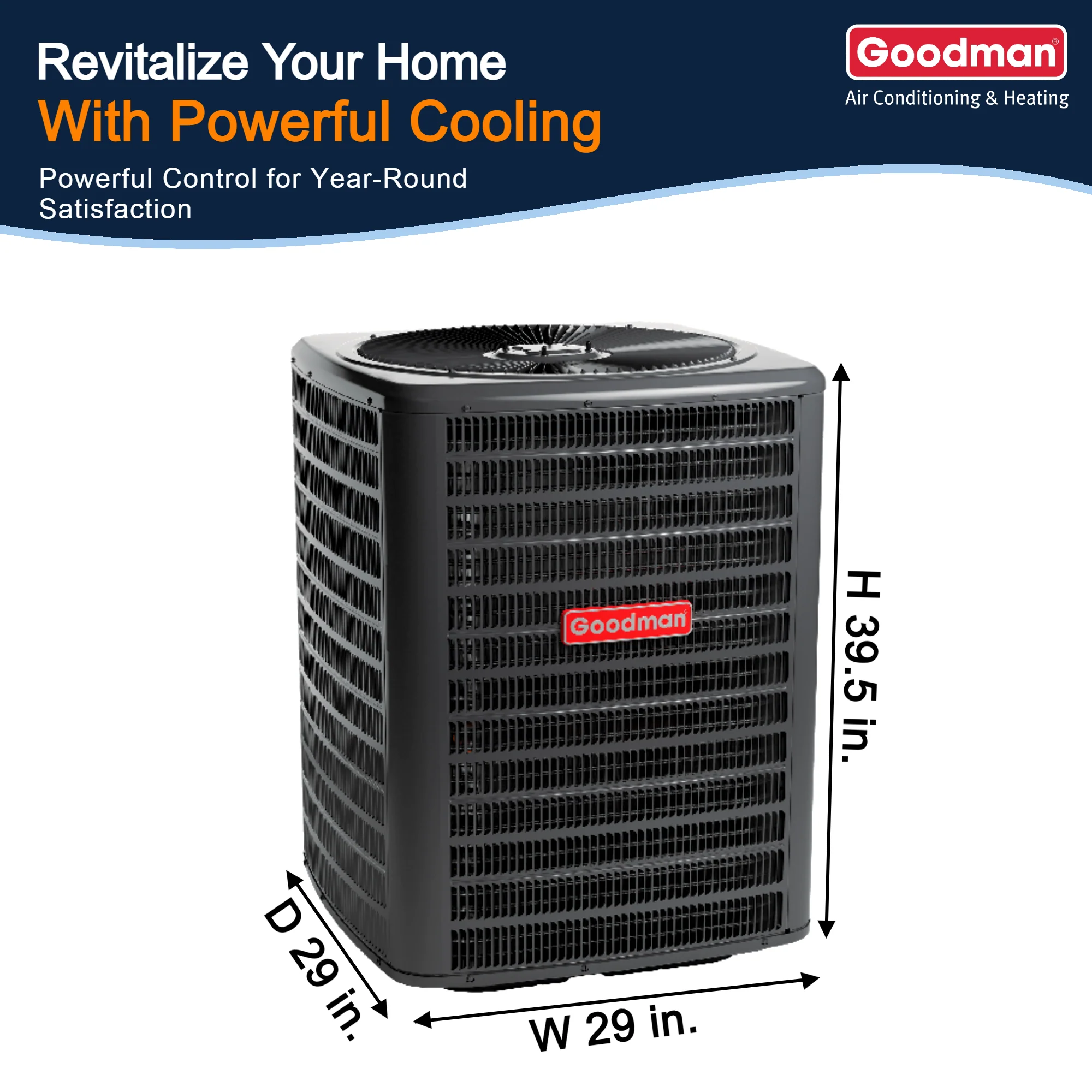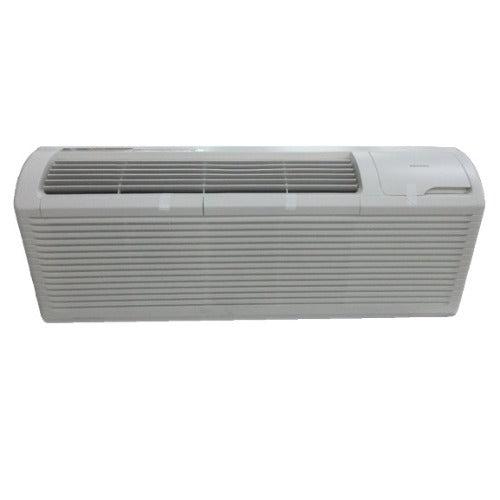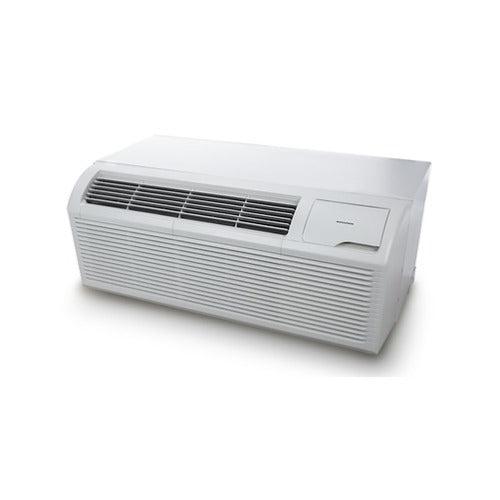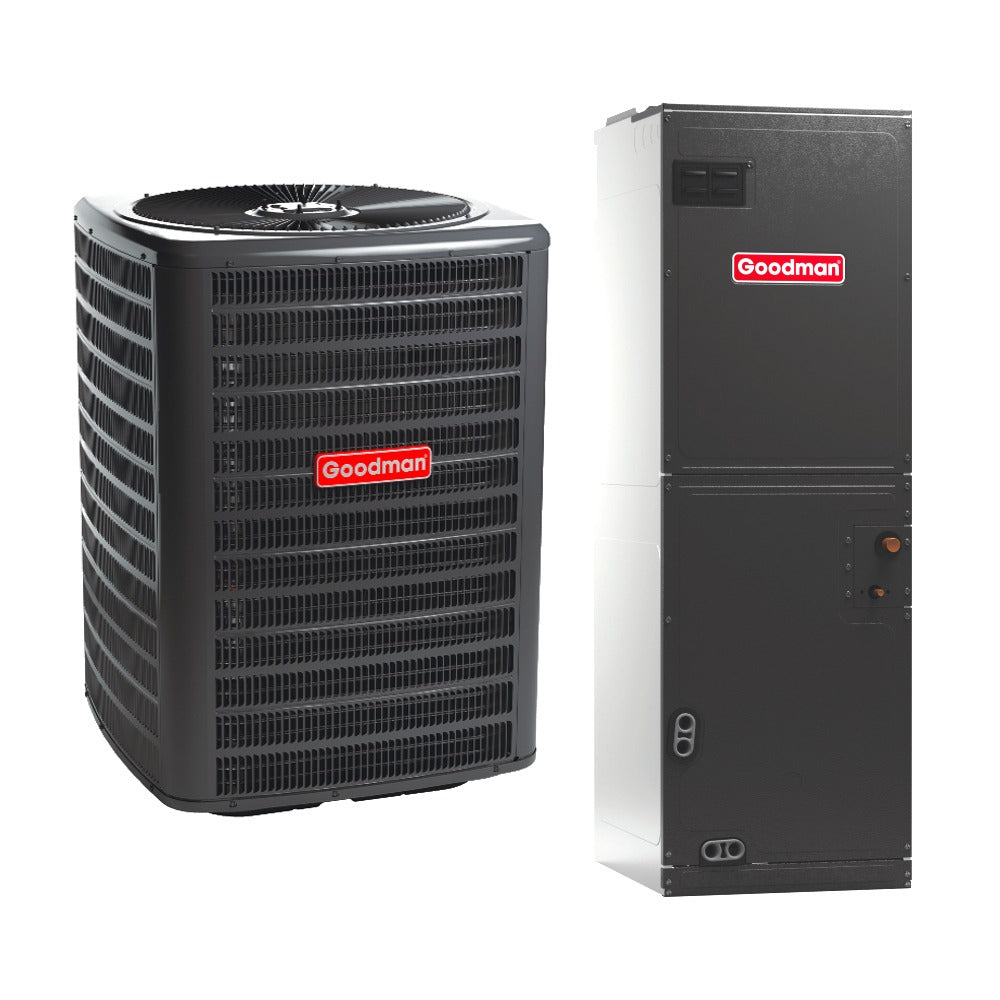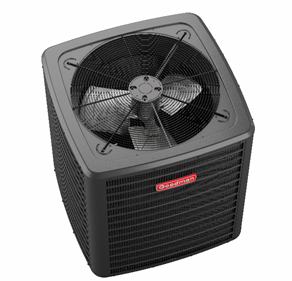Author’s Note: As an HVAC technician with 20+ years in the field, this installation guide is written to provide practical, safety-focused advice for professionals installing the Goodman 3 Ton 14.5 SEER2 R-32 condenser system (model GLXS4BA3610).
Why Proper Installation Matters
When working with A2L refrigerants like R-32, installation isn't just about making a good connection—it's about ensuring full regulatory compliance, safety, and performance. The GLXS4BA3610 condenser is part of a new generation of high-efficiency, low-GWP HVAC systems. If installed correctly, it’ll provide energy savings, quieter operation, and long service life.
But that starts with a textbook installation.
Pre-Installation: Site Preparation and Equipment Handling
1. Secure Proper Ventilation and Clearance
The GLXS4BA3610 requires a minimum of 18 inches clearance on all sides for proper airflow. Avoid placing the unit under decks or close to fences.
2. Pad and Leveling
Use a high-density composite or concrete pad. Level the pad with a digital leveler to prevent vibration and refrigerant oil logging.
3. Electrical Prep
Make sure the disconnect box is within line of sight and installed per NEC code. Wire gauge should match ampacity on the unit nameplate (typically 10 AWG for 30A circuits).
Tools and Materials Checklist
-
R-32-compatible digital manifold gauge
-
Vacuum pump with micron gauge
-
Leak detector calibrated for A2L refrigerants
-
Nitrogen tank and regulator for pressure testing
-
Torque wrench with flare fitting capacity
-
EPA Section 608 Certification (required for R-32)
For a full list of R-32 service tools, see this technician-approved guide.
Brazing and Line Set Considerations
1. Line Set Sizing
Use 3/4" suction and 3/8" liquid lines for most 3-ton systems. Total equivalent length should not exceed 50 ft without additional charge calculations.
2. Use Dry Nitrogen During Brazing
Purge with dry nitrogen to prevent oxidation and internal scaling.
3. Cool-Down Before Opening Valves
Allow time for fittings to cool naturally before opening refrigerant valves. R-32 is flammable and heat can trigger pressure imbalance.
Refrigerant Charging Protocol
R-32 operates at similar pressures to R-410A but requires special handling:
-
Factory Charge: GLXS4BA3610 ships pre-charged for 15 ft of line set.
-
Charge Adjustment: Add 0.6 oz of R-32 per additional foot of line set beyond 15 ft.
-
Weigh-In Method: Always use a digital scale. Superheat/subcooling methods can be unreliable with R-32 due to glide and temperature sensitivity.
For detailed charging tables, refer to the Goodman installation manual.
System Start-Up and Testing
1. Triple Evacuation to 500 Microns
Use a micron gauge and perform triple evacuation with nitrogen break.
2. Leak Test at 150 PSI with Nitrogen
Hold pressure for 30 minutes. A2L leaks are difficult to detect without a calibrated detector.
3. Monitor Superheat and Subcooling
Check readings against Goodman specifications. Typical subcooling for R-32 in this system is 10-12°F.
Post-Install Safety and Compliance
-
Apply A2L warning labels to unit and line set.
-
Document refrigerant type and charge level.
-
Verify airflow, thermostat operation, and drain slope.
For A2L code compliance in your state, consult ASHRAE’s official refrigerant safety guidelines.
Final Word
As a technician, I’ve installed hundreds of systems, and I can confidently say that the Goodman GLXS4BA3610 is engineered with technician-friendly features—but the R-32 charge demands a safety-first mindset. Follow the protocols, use the right tools, and double-check your readings.
Do it right, and this system will deliver efficient cooling for years to come.

